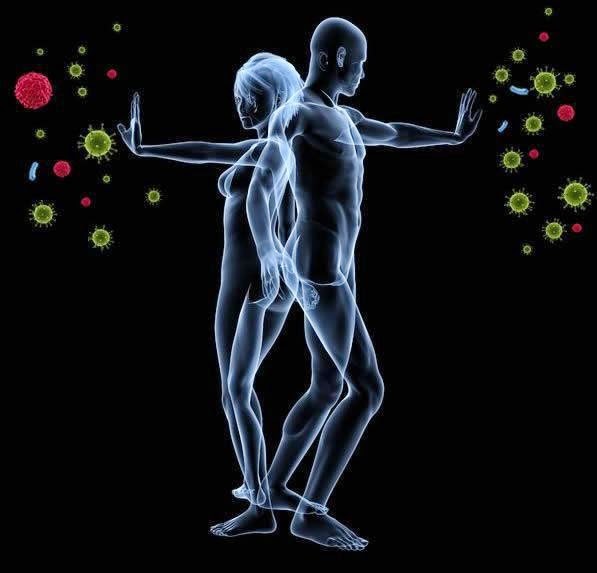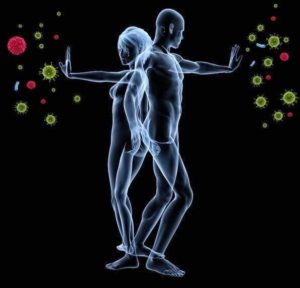So you’ve got back pain. It’s altered your life, changed your daily activities, curbed your exercise, and maybe even made you a bit irritable. Now what? Well, it’s important to know you’re not alone. Nearly everyone will experience back pain at some point in their life. Thankfully we have a method of care to help you get back on your feet without the risks associated with medications and surgery. Chiropractic! Research has shown that adjustments help over 90% of people recover from back pain.
Recovering from a back injury can be mentally tough. Many of us don’t realize what we take for granted until an injury alters our perspective. But with the correct evidence-based care, you will be back and better than ever in no time. Over the past few years, there have been considerable advancements in our understanding of the best treatments for back pain. Here are a few of the latest research updates:
– Adjustments have been shown to be more effective at reducing pain than many commonly prescribed medications
– Chiropractic adjustments provided more patients with relief than spinal injections; showed a recent study from JMPT
– Researchers found patients had just as much relief with chiropractic adjustments as they did with surgery
Next Steps: When recovering from a back injury it’s important to keep a positive attitude, stick with your care plan, and avoid “pushing” through the pain. Your body is designed to heal naturally, without the need for drugs and surgery. Our chiropractic team will work with your bodies natural healing instinct to create a specific care plan andhelp you get your life back.
Register for our workshop – BULLETPROOF YOUR LOW BACK
Science Source:
Symptomatic MRI-Confirmed Lumbar Disk Herniation Patients: A Comparative Effectiveness Prospective Observational Study of 2 Age- and Sex-Matched Cohorts Treated with Either High-Velocity, Low Amplitude Spinal Manipulative Therapy or Imaging-Guided Lumbar Nerve Root Injections. Journal of Manipulative and Physiological Therapeutics. 2013
Manipulation or Microdiskectomy for Sciatica? A Prospective Randomized Clinical Study. Journal of Manipulative and Physiological Therapeutics. 2010
Spinal High-Velocity Low Amplitude Manipulation in Acute Nonspecific Low Back Pain. SPINE. 2013
 Dr. Craig Hazel’s mission is to help families THRIVE. After graduating from Queen’s University with a Bachelor of Science and a Bachelor of Physical and Health Education, he went on to earn a Doctor of Chiropractic degree and a Bachelor of Science in Anatomy from Parker College of Chiropractic in Dallas Texas. He is passionate about seeing children and families in his private practice at Synergy Chiropractic in Kanata Ontario. A sought after speaker, he has been featured regularly on TSN Team 1200, CTV and Rogers TV. He is also the Chairman of the Alliance for Chiropractic of Ontario.
Dr. Craig Hazel’s mission is to help families THRIVE. After graduating from Queen’s University with a Bachelor of Science and a Bachelor of Physical and Health Education, he went on to earn a Doctor of Chiropractic degree and a Bachelor of Science in Anatomy from Parker College of Chiropractic in Dallas Texas. He is passionate about seeing children and families in his private practice at Synergy Chiropractic in Kanata Ontario. A sought after speaker, he has been featured regularly on TSN Team 1200, CTV and Rogers TV. He is also the Chairman of the Alliance for Chiropractic of Ontario.





 After seeking chiropractic help in her twenty’s for the usual (and expected –or so I thought) lower back issues that go with horseback riding, she experienced a new level of health. Not only has she made chiropractic a regular part of her life but she has made a commitment to changing her lifestyle and coaches others how to do the same. She is an avid outdoors person. You can find her walking her beagle, biking, painting and drinking great coffee. Her true passion is riding horses and has been a competitive rider/jumper for years.
After seeking chiropractic help in her twenty’s for the usual (and expected –or so I thought) lower back issues that go with horseback riding, she experienced a new level of health. Not only has she made chiropractic a regular part of her life but she has made a commitment to changing her lifestyle and coaches others how to do the same. She is an avid outdoors person. You can find her walking her beagle, biking, painting and drinking great coffee. Her true passion is riding horses and has been a competitive rider/jumper for years.


